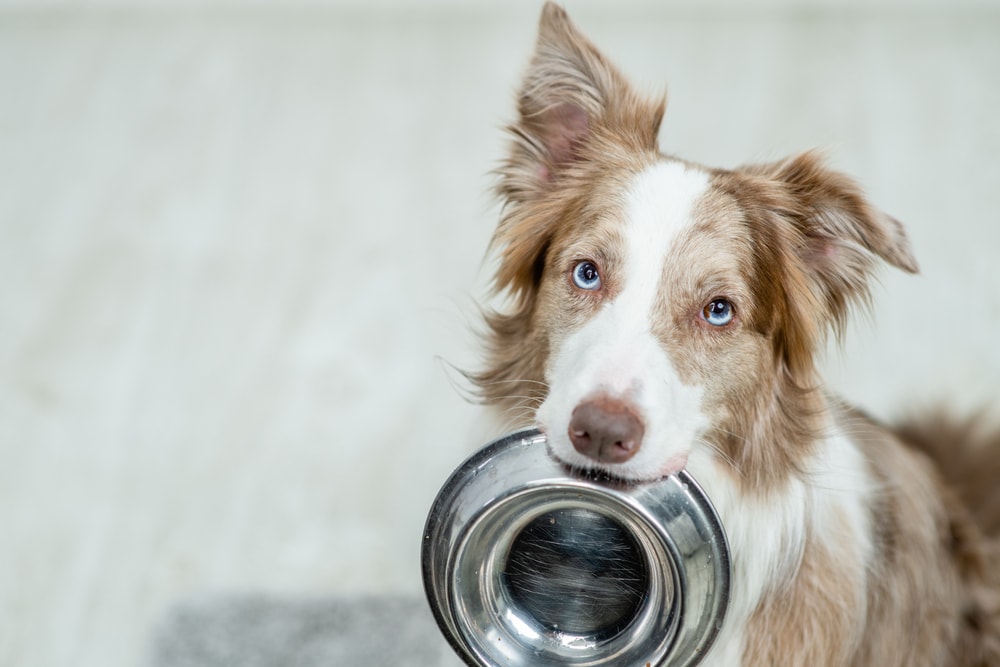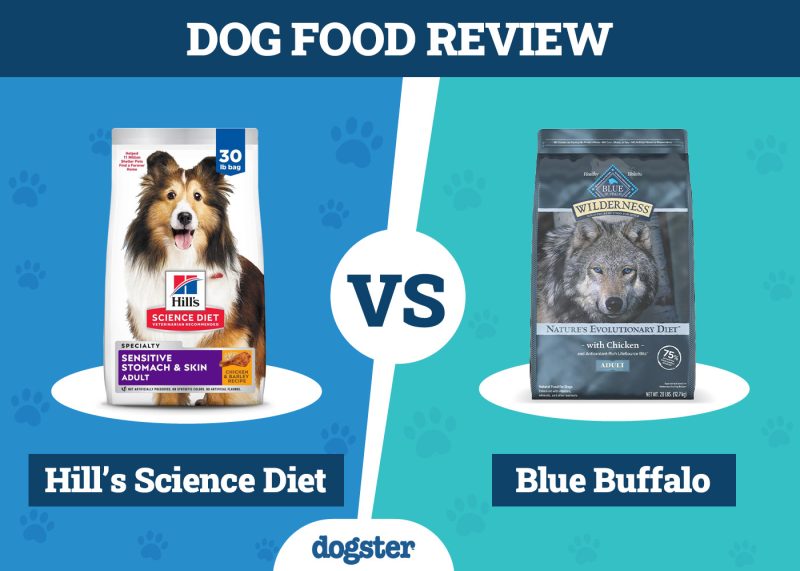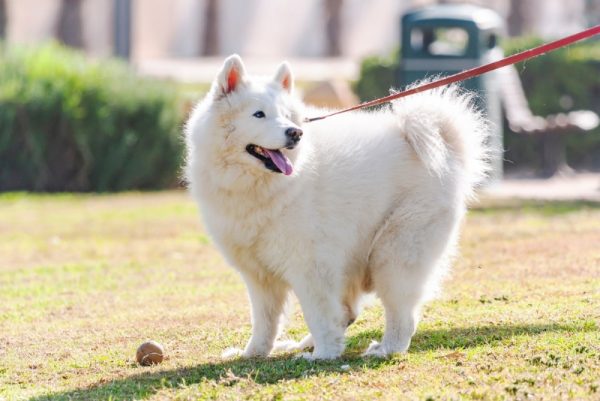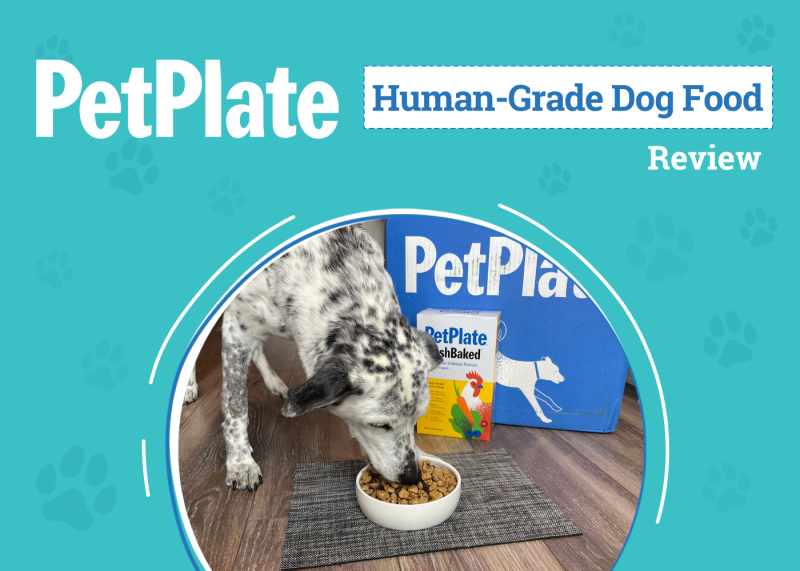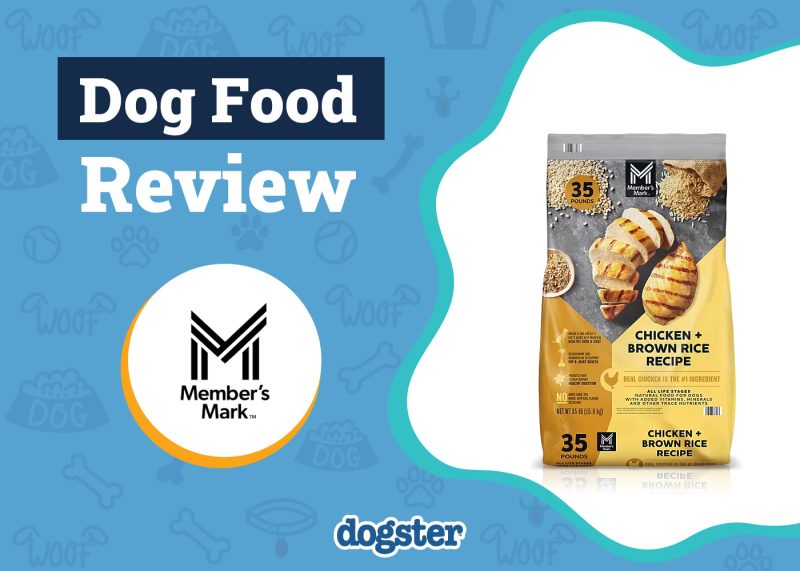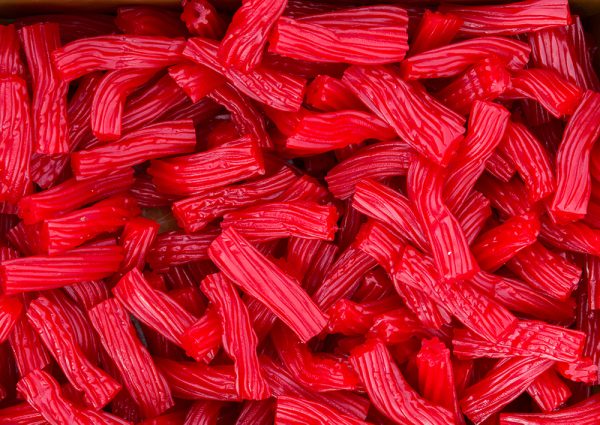As more people are becoming more health conscious or attempting to lose weight, you’ve likely started to hear more and more about fasting. Intermittent fasting, or fasting on specific days, has increased in popularity for people significantly within the last decade or so. Many people are also looking for ways to keep their pets healthier for longer, and dog owners may have begun to look into fasting for their dogs to support health and longevity.
Is fasting for dogs actually healthy or safe for them, though?

How Does It Work?
Fasting refers to withholding food for a period of time. There is not a specific timeframe that qualifies something as fasting, and the word “breakfast” even refers to breaking the fast from the last meal you had the night before. There are a lot of beliefs surrounding fasting, even when it comes to pets, including resting the digestive system, helping the body detox, and making the body more efficiently metabolize.
Fasting is often very misunderstood, and when it comes to pets, it should be done with great care. If you choose to fast for extended periods or days at a time, you are able to make that decision for yourself. Your dog can’t make that decision, though. If there isn’t a legitimate medical reason for your dog to fast, then you can expect your dog to be clingy, whiny, or grumpy due to hunger.
If you are going to introduce intermittent fasting to your dog, make sure you consult a veterinarian first. Gradually increase your dog’s fasting window by half an hour every week. A good intermittent schedule should have between 16 and 18 hours of fasting, so your dog can have two meals divided in that 6–8-hour feeding window. While many dogs are fed only once a day, we recommend that extended periods of fasting should only be implemented if approved and monitored by a veterinarian.

Where Is It Used?
The top reason for fasting dogs is to help rest the digestive system. This can be beneficial with a variety of medical conditions, and it is often done under the direction and supervision of a vet.
For dogs with vomiting and diarrhea, a day of fasting can help the digestive system rest and reset. For dogs with conditions like pancreatitis, fasting can be an essential part of the condition’s treatment because it reduces the trigger for digestive enzymes being produced by the pancreas, in turn reducing inflammation of the pancreas.
Some people may choose to use fasting as a way to help improve the performance of working dogs or support an overall increased level of health. There are very few studies proving the efficacy of fasting in dogs for any reason other than to rest the digestive tract, though.

Advantages of Fasting for Dogs
The top advantage of fasting for dogs is to allow the digestive system time to rest and repair itself.
Fasting triggers a process called autophagy, where the body gets rid of viruses, bacteria, damaged cells, and cellular debris that resulted from inflammation. Autophagy is a cleansing process that will improve general health.
There is also a study that has shown that some dogs being fed a low-fat diet that are fasted may lose more weight at a healthier rate than dogs that are on the same diet but not being fasted. Fasting helps reduce caloric intake, and it may also help reduce hunger cues over time.
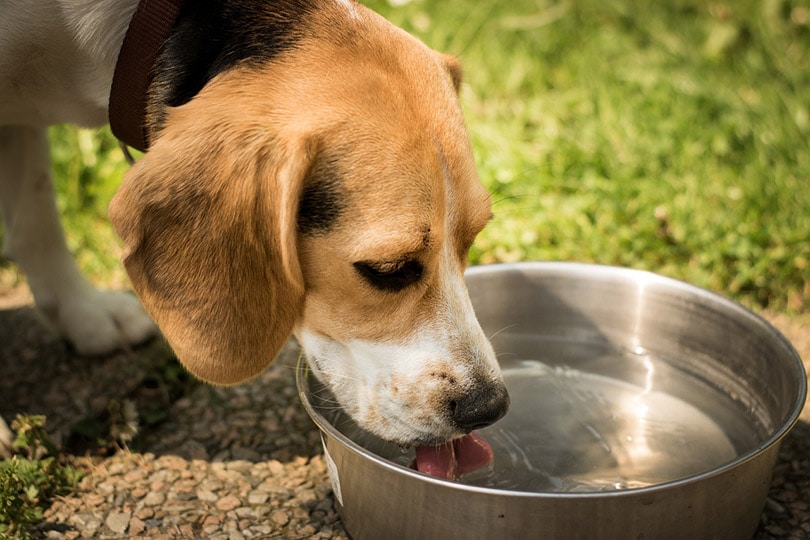
Disadvantages of Fasting for Dogs
The primary disadvantage of fasting dogs is that there are very few situations in which it is appropriate, which means that you’re simply making your dog uncomfortable. Your dog can’t understand the reasoning behind fasting, but they will know that they’re hungry. They may be confused or concerned about the lack of food. To prevent this, work your way up to creating a fasting window. If your dog is used to eating every 12 hours, gradually move the feeding time by half an hour each week until you create a 16-hour fasting window
For dogs with resource guarding issues or a history of neglect and receiving too little food, fasting may increase the likelihood of bad behaviors. It’s important to discuss your reasons for wanting to fast your dog with your veterinarian before starting it.

FAQ
Can My Dog Drink Water While Fasting?
Your dog should absolutely have access to fresh water at all times unless specifically directed by a veterinarian. While dogs can survive for multiple days without food, they can only survive 2 or 3 days without water. Dehydration can rapidly become dangerous, and lack of access to water can lead to permanent organ damage and death.
Even if you are fasting your dog from food, they should, at minimum, be offered small amounts of water throughout the day if they are nauseated. Chugging water may cause vomiting, so your vet may recommend limiting water intake. However, significant water intake reduction or water fasting should only be done if your dog is receiving IV fluids under the care of a veterinarian.
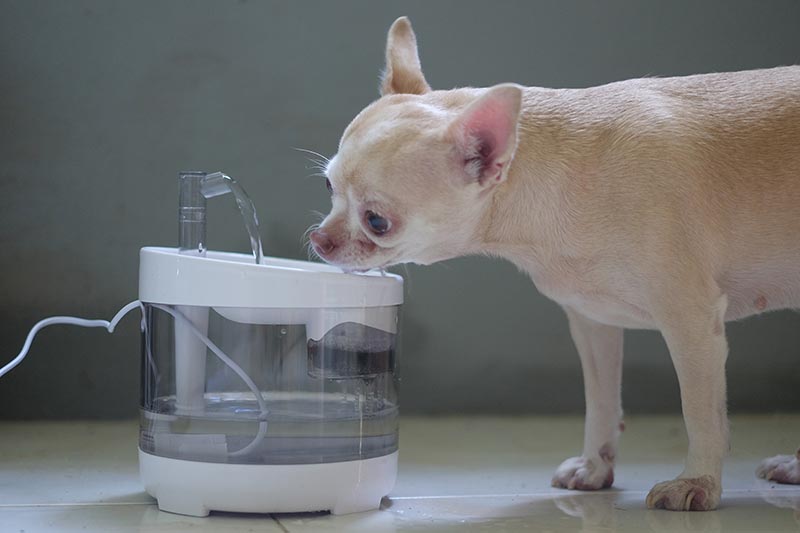
How Do I Reintroduce Food After Fasting?
How to reintroduce food to your dog after fasting is dependent on the reason your dog was fasted. If you are fasting them for a true medical reason or under the guidance of a veterinarian, then they will likely need to have food reintroduced slowly. This usually will mean offering very small amounts of a bland diet until you’re able to work your dog back up to regular meals.
If you’re fasting your dog for some other reason, like performance enhancement, then you’ll likely be withholding food for a period of 16-18 hours only to offer full-sized meals after the fasting period has ended.
Is Refeeding Syndrome a Risk?
The refeeding syndrome should not occur in dogs that are well-nourished and only being fasted for short periods. Dogs that have experienced starvation and nutritional deficiencies are at risk for refeeding syndrome, though.
Refeeding syndrome is the reason that you will be recommended to feed small meals on a schedule if you are caring for a dog that is recovering from starvation or malnutrition. If you take a dog that has not been eating and suddenly begin to offer it full-sized (or larger) meals, then they are likely to develop complications.
The sudden reintroduction of food can lead to electrolyte imbalances, which can be extremely deadly for dogs. Cardiac dysfunction, neurological symptoms, irritability or aggression, weakness, and anemia can all be signs of refeeding syndrome.
It’s important to note, though, that fasting and starvation are not the same things. Fasting is controlled and limited to short periods, while starvation and malnutrition occur over a longer period of not being fed or not being fed appropriately.
We recommend seeking veterinarian advice before updating any of your dog’s diet.

Summing Up
Under the care of a veterinarian, fasting can be a tool to help treat certain medical conditions. Some dogs may experience improved weight loss with fasting, but it’s best to discuss this with your vet. If you are going to introduce intermittent fasting to your dog, it is better to gradually increase the fasting window. Unless your dog is receiving IV fluids from a veterinarian, water should not be withheld, even during periods of fasting. Dehydration can occur rapidly without access to water or food, and it can lead to death in only a matter of days.
Featured Image Credit: Emolaev Alexander, Shutterstock

